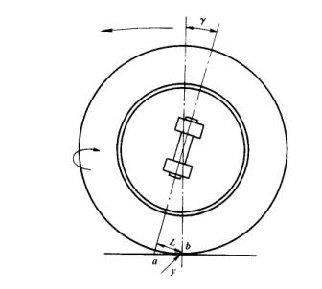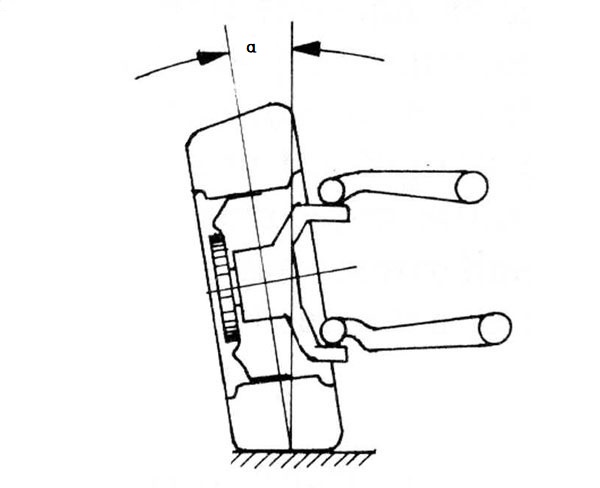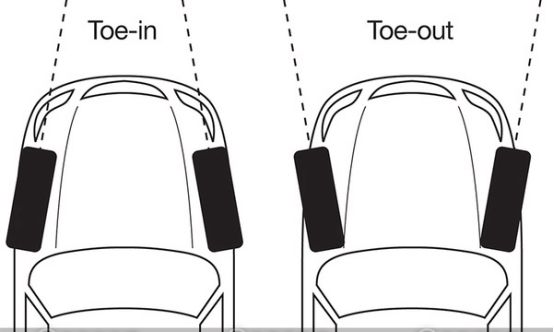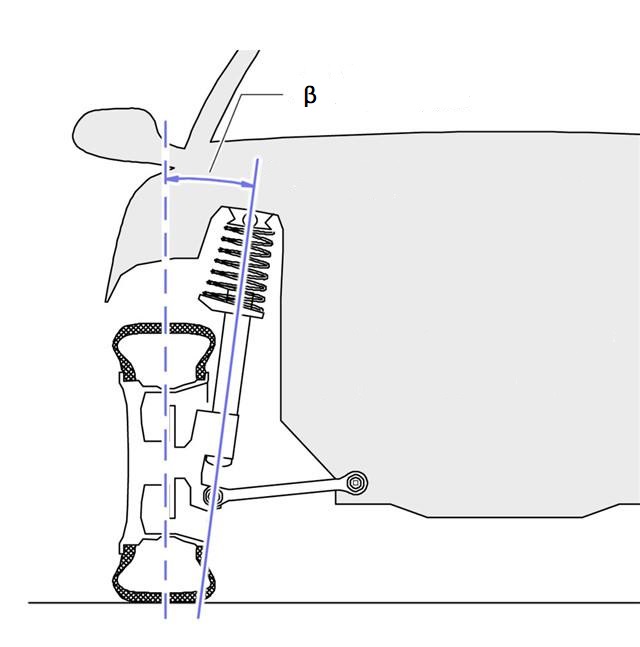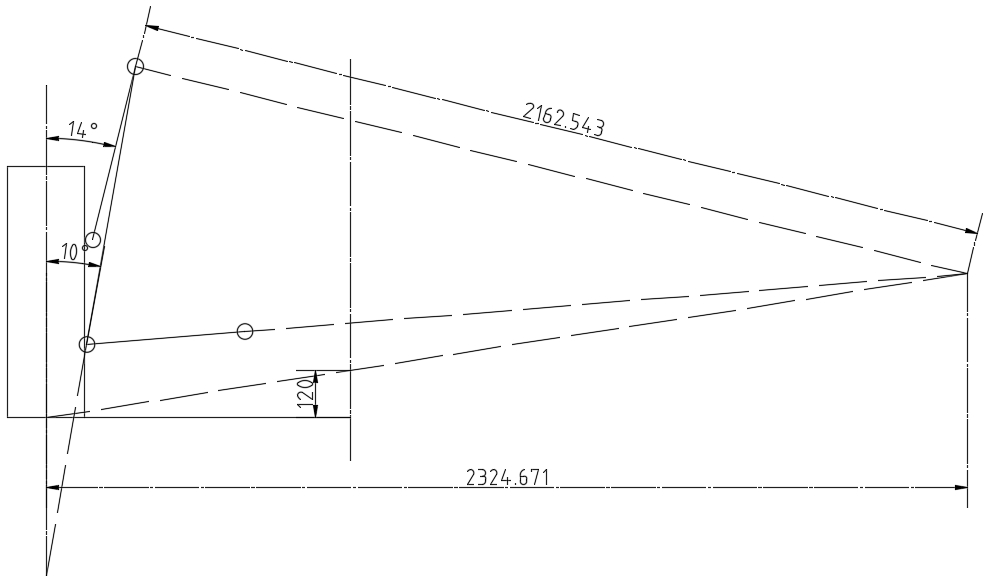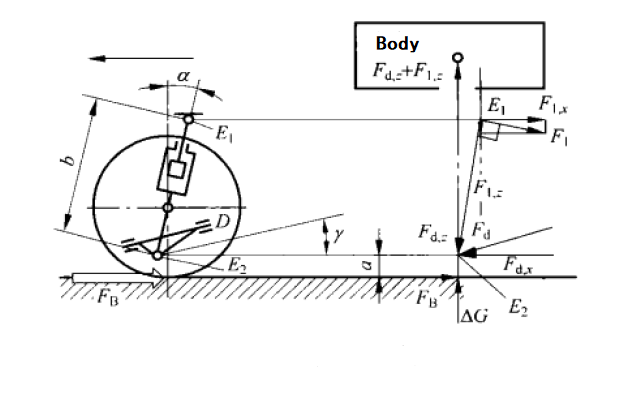基于ADAMS的普及型轿车悬架系统设计及运动学分析毕业论文
2020-04-12 16:12:26
基于ADAMS的普及型轿车悬架系统
设计及运动学分析
学院(系): 国际教育学院
专业班级: 车辆gj1402班
学生姓名: 江逸飞
指导教师: 余晨光
学位论文原创性声明
本人郑重声明:所呈交的论文是本人在导师的指导下独立进行研究所取得的研究成果。除了文中特别加以标注引用的内容外,本论文不包括任何其他个人或集体已经发表或撰写的成果作品。本人完全意识到本声明的法律后果由本人承担。
作者签名:
年 月 日
学位论文版权使用授权书
本学位论文作者完全了解学校有关保障、使用学位论文的规定,同意学校保留并向有关学位论文管理部门或机构送交论文的复印件和电子版,允许论文被查阅和借阅。本人授权省级优秀学士论文评选机构将本学位论文的全部或部分内容编入有关数据进行检索,可以采用影印、缩印或扫描等复制手段保存和汇编本学位论文。
本学位论文属于1、保密囗,在 年解密后适用本授权书
2、不保密囗 。
(请在以上相应方框内打“√”)
作者签名: 年 月 日
导师签名: 年 月 日
Abstract
Suspension system is one of the most important parts in vehicle assembly. Its main task is to transmit all force and moment between body and wheels as it flexibly connects the body and the wheel. The design of suspension system and the characteristic of suspension is the important parts of full vehicle performance.
Based on the parameters of a popular car, uses ADAMS/Car to assist the design of suspension system and the kinematic simulation and analysis.
This paper mainly contains suspension parameter design, suspension geometry design, front suspension kinematic modeling based on ADAMS/Car, front suspension kinematic simulation and hardpoint optimization.
Key Words:ADAMS; Kinematic simulation; Optimization; Suspension systems;
TABLE OF CONTENTS
Abstract I
TABLE OF CONTENTS II
Chapter 1 Introduction 1
1.1 Research Backgrounds 1
1.2 Introduction of Suspension System 1
1.2.1 The composition of Suspension System 2
1.2.2 The classification of Suspension System 2
1.3 Domestic and Foreign Research Status 3
1.4 Main Contents and Technical Scheme 4
1.4.1 Main Contents 4
1.4.2 Technical Scheme 4
1.5 Chapter Summary 4
Chapter 2 Suspension Parameters Design 5
2.1 Vehicle Parameters 5
2.2 Design of Suspension Parameters 5
2.2.1 Suspension type selection 5
2.2.2 Calculation of Front/Rear Suspension Static Deflection 5
2.2.3 Calculation of Front/Rear Suspension Dynamic Deflection 7
2.3 Design of Suspension Springs 7
2.3.1 Determination of Spring Diameter and Stiffness 7
2.3.2 Front/Rear Bias Frequency Check 8
2.3.3 Spring Strength and Stability Check 9
2.3.4 Other Spring Parameters 9
2.4 Design of Suspension Dampers 10
2.4.1 Brief Introduction of Dampers 10
2.4.2 Relative Damping Coefficient 11
2.4.3 Damping Coefficient 11
2.4.4 Maximum Unloading Force 12
2.4.5 Diameter of Damper Work Cylinder 12
2.4.6 Damper Stock Cylinder Design 13
2.5 Chapter Summary 13
Chapter 3 Suspension Geometry Design 14
3.1 Roll Center and Roll Axis 14
3.2 Wheel Alignment Parameters 15
3.2.1 Castor Angle 15
3.2.2 Camber Angle 16
3.2.3 Toe Angle 17
3.2.4 Kingpin Inclination Angle 18
3.3 Front Suspension Geometry 18
3.3.1 Front View Front Suspension Geometry 19
3.3.2 Side View Front Suspension Geometry 20
3.4 Rear Suspension Geometry 22
3.4.1 Top View Rear Suspension Geometry 22
3.4.2 Side View Rear Suspension Geometry 22
3.5 Chapter Summary 23
Chapter 4 Kinematic Simulation and Optimization 24
4.1 Introduction of ADAMS 24
4.2 Establishment of MacPherson Suspension Kinematic Model 24
4.3 MacPherson Suspension Kinematic Simulation 25
4.3.1 Excitation Exerting 25
4.3.2 Results and Analysis 26
4.4 MacPherson Suspension Hardpoint Optimization 28
4.4.1 Introduction of DOE Method 28
4.4.2 Design Objects 28
4.4.3 Optimal Variables 29
4.4.4 Work Space and Calculation 30
4.4.5 Sensitivity Analysis 31
4.4.6 Hardpoints Optimization and Results Analysis 32
4.5 Chapter Summary 35
Chapter 5 Summarization and Outlooks 36
5.1 Design Summarization 36
5.2 Shortage and Outlooks 36
References 38
Acknowledgements 39
Chapter 1 Introduction
1.1 Research Backgrounds
The automobile suspension is one of the most important assemblies on the modern vehicles. It connects the body and the wheel flexibly. Its main task is to transfer all forces and moments acting between the wheel and the body; to mitigate the impact load transmitted to the body by the road surface and to attenuate the vibration of the bearing system caused thereby, to ensure the smooth running of the car; to ensure that the wheel is uneven on the road surface and When the load changes, it has ideal sports characteristics to ensure the stability of the car, so that the car can get high-speed driving ability. [1]
At present, customers have higher requirements on the safety and comfort of vehicles. Traditional passive suspension structures can hardly satisfy those requirements for ride performance. Since the 1990s, the design of semi-active suspension and active suspension has gradually emerged. The semi-active suspension and active suspension not only overcome the problems of balancing stability and ride performance in traditional passive suspension, but also adapt to various driving conditions and arbitrary road excitations, becoming an important trend in the future development of vehicle suspension.
以上是毕业论文大纲或资料介绍,该课题完整毕业论文、开题报告、任务书、程序设计、图纸设计等资料请添加微信获取,微信号:bysjorg。
相关图片展示:

